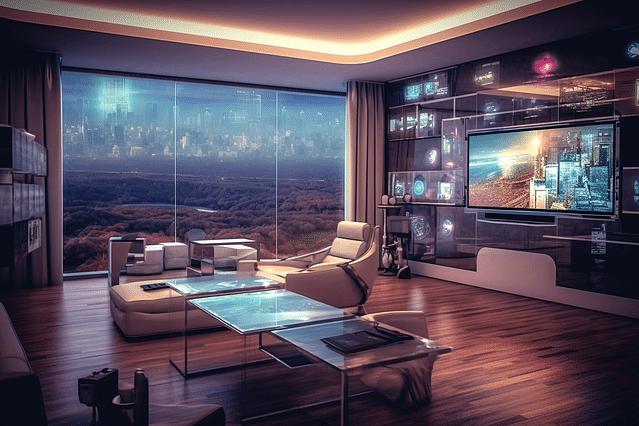
How to Use Arduino for Smart Home Automation: A Comprehensive Guide
Smart home automation has never been more accessible to build than with Arduino. These microcontrollers can help you build a cost-effective and customizable smart home system. In this article, we'll explore how to use Arduino for smart home automation, including the Arduino circuits, sensors, and programming needed to make everything work.
What is Arduino?
Arduino is a low-cost and easy-to-use microcontroller that revolutionized the open-source hardware world. You can use it to control and automate almost anything, from your coffee maker to your home's HVAC system. One of the main advantages of using Arduino for home automation is its low price compared to many commercial controllers.
Understanding Arduino Circuits
Arduino's basic building blocks are circuits. Such circuits consist of several electrical components, including sensors, motors, input/output interfaces, and electro-mechanical devices. However, the number, type, and usage of these components depend on the automation you want to do. The variety of sensors and input/output interfaces available in the market today means you can quickly build your desired smart home system.
Choosing the Right Sensors for Your Smart Home
Choosing the appropriate sensors for your smart home might be overwhelming due to many options available. However, you should consider the purpose and location of the sensors. For example, you can use temperature sensors to control thermostats or environmental sensors to monitor the quality of the air inside or outside of your home. You can also use body motion sensors to monitor who gets in or out of your home or room. Other options include light sensors, water leakage sensors, and more.
Programming Arduino
After assembling the necessary circuits and sensors, the programming of Arduino boards can start. Many programming languages and platforms, including Arduino, offer libraries that support many hardware components. You can also control your Arduino board using open-source software, such as Processing, which allows you to build interactive visual applications.
Conclusion
In conclusion, building a smart home system using Arduino is a cost-effective and customizable alternative to commercial solutions. By understanding the basics of Arduino, selecting the right sensors, and coding it, you'll have a personalized smart home that meets your needs. Whether you're interested in environmental monitoring or simply want to control your home's lighting and temperature, Arduino can help you build it.
Posted on: Oct 25, 2022 Last updated at: May 4, 2023